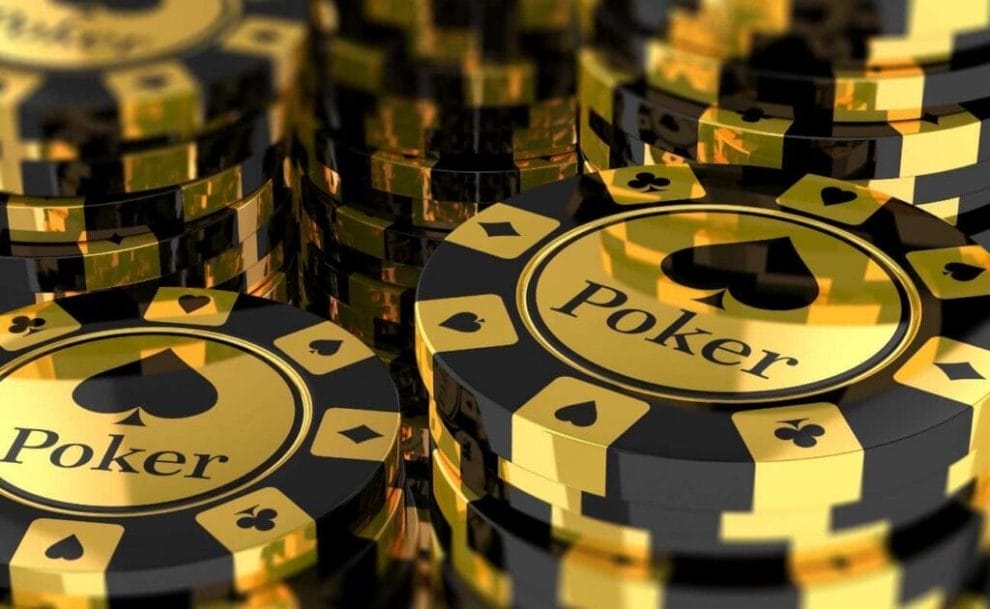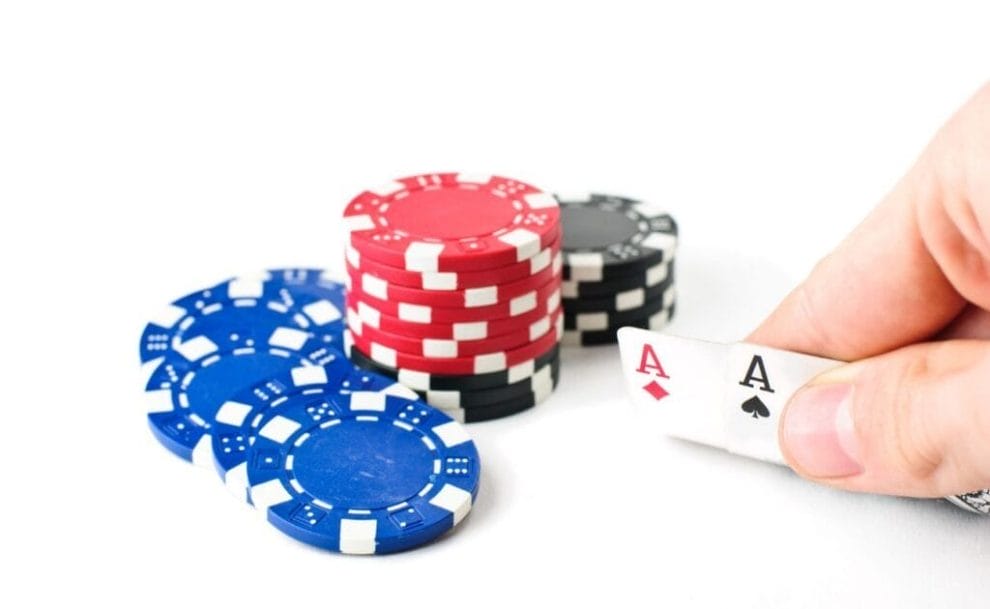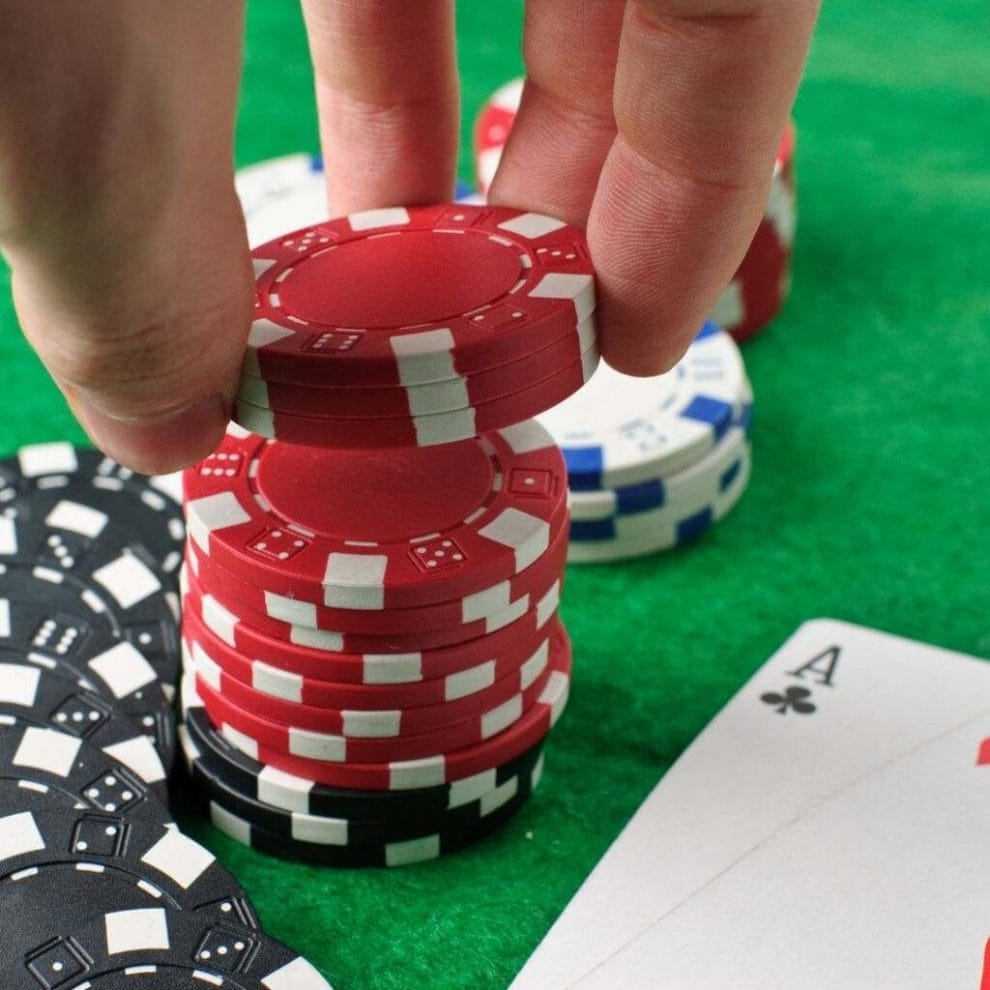
Not so long ago, extremely small bet sizes would have been considered weak. But these days, the very best players aren’t averse to making tiny bets. In fact, unusually small bet sizing can sometimes give you a big advantage.
This blog post discusses several situations in which it might be a good idea to bet tiny. Although you could potentially apply this advice in both a land-based and online poker tournament, please be aware that it’s really intended for cash games.
What Is Meant by “Tiny”?
First of all, it’s important to clarify what is meant by a “tiny” bet. In the modern game, sizing is fairly consistent. A large bet would be anything over two-thirds the size of the pot. Something around 50 percent would be considered a standard poker bet size, while 20 percent to 40 percent is on the small side.
Any bet lower than 20 percent of the pot, therefore, is tiny. Although such plays are still quite rare, you’ll sometimes see the best players making them. They certainly have their uses, and you shouldn’t automatically assume that someone making tiny bets is a total fish.
Why Use Tiny Bets?
So, why might you want to use a tiny size? Basically, they’re a good way to deny your opponent equity and narrow their range. They’re particularly useful when you have a perceived range advantage and are out of position.
Okay, there aren’t many poker spots where your opponent is going to fold to a 15 percent pot bet on the flop. So you’re not really denying much equity immediately. However, there are still two big advantages here.
First, how they react to the bet will tell you something about their range. For instance, if they keep turning down the opportunity to check-raise, they almost certainly don’t have a big hand.
Second, this allows you to bet more aggressively on the turn or river to deny them equity. After all, they’re telling you that their range is both wide and weak. So, while you don’t necessarily deny it with the initial bet, you can take the lead and do so later in the hand.
Example Hands

To help you understand these ideas more clearly, here are some practical examples of Texas Hold’em poker cash game situations where you might want to bet tiny.
Ace High Flop and a 3-Bet Pot
Picture this: a player in mid-position opens the preflop betting, and you 3-bet from the small blind. Your opponent calls, and you take the A♣ Q♥ 9♣ flop heads up.
Given the preflop action, this board is perfect for you. It makes sense to fire a continuation bet with basically everything in your range. You’ll have almost no bluffs here, so you’re trying to extract value.
Of course, the art of value betting is far from an exact science, so different players will have their own opinions about sizing. However, if you plug this scenario into a solver, you’ll find tiny sizes of around 15 percent to 20 percent are very much the preferred option.
What does a bet like this mean for your opponent? Well, what can they defend with? Do they really want to be calling with hands like king-queen suited or weak aces? Even their mid-sized pocket pairs don’t look too handy here. What else can they have?
This sizing really adds pressure, inviting them to continue with inferior hands. They won’t want to fold to such a minuscule bet because it will hurt their ego. And as we all know, confidence in poker is extremely important. You’ll have them second-guessing for the rest of the game if they fold.
Ace High Flop and a 4-Bet Pot
When looking at a 4-bet situation, the optimal sizing is often around one-quarter to one-third the size of the pot. That’s due to the low stack-to-pot ratio. However, imagine taking the same flop as previously described, only you 4-bet preflop.
On an ace-high board, you have an unfathomable range advantage since you’ll have pocket aces in your range 100 percent of the time. You also likely have some pocket queens, ace-king, and ace-queen hands in there.
Further, you’re not really going to have any trash hands with which to bluff. Even if you’re playing in the loosest of games, you’re never 4-betting preflop with middling suited connectors or complete air.
As such, a size of up to 20 percent is once again the optimal play. Betting big, or even a half-pot size, gives your opponent an easy excuse to fold. And, of course, checking is simply not an option.
Out of Position on the Turn

Betting small when out of position used to be the dictionary definition of a donk bet. And in fairness, you’ll undoubtedly still find players at small-stakes online poker tables making such extremely fishy plays. But if you see a good player at a strong table making such a move, don’t just assume it’s a bad play.
Imagine you’re in the big blind, and the cut-off opens the betting. You elect to defend and take the flop heads up, which comes A♥ K♦️ 8♠️. You check, your opponent fires a c-bet of around three-quarter the size of the pot, and you call. The turn is the K♠️.
Given the action so far, your range contains more king-X hands than your opponent’s. You’ll never do anything other than check-call a flop like that with a hand such as king-queen suited, for instance. In fact, there’s not that much else in your range at all. Some weak aces, perhaps. Bottom pair with suited connectors, maybe.
So, how should you play a turn like that when you have trips? Checking is unacceptable, as this allows your opponent to check behind and take a free river. They could hit lots of draws and realize equity with many marginal hands. But even if they don’t, you’ve left money on the table that should be in that pot when you win.
The right play here is to make a very small bet. Solvers back this up, suggesting 10-20 percent of the pot most often. It makes sense to bet for value and build a pot, but too large a bet, and your opponent can easily fold. Put the pressure on with a donk bet.
Play Today at Borgata Online
As you can see, betting with very small sizes is not necessarily a completely fishy play. If you want to give the strategy advice featured in this guide a try, play poker online at Borgata Online. Register today for access to cash games at a wide variety of limits, not to mention regular daily tournaments.
